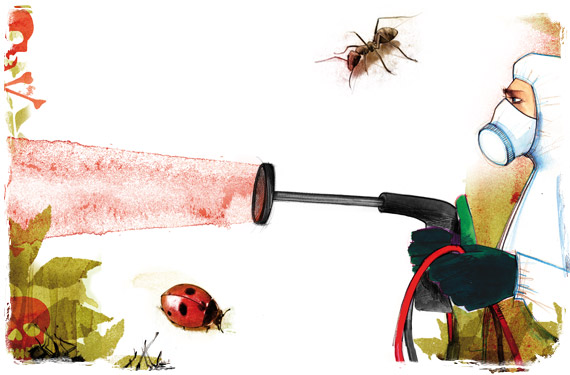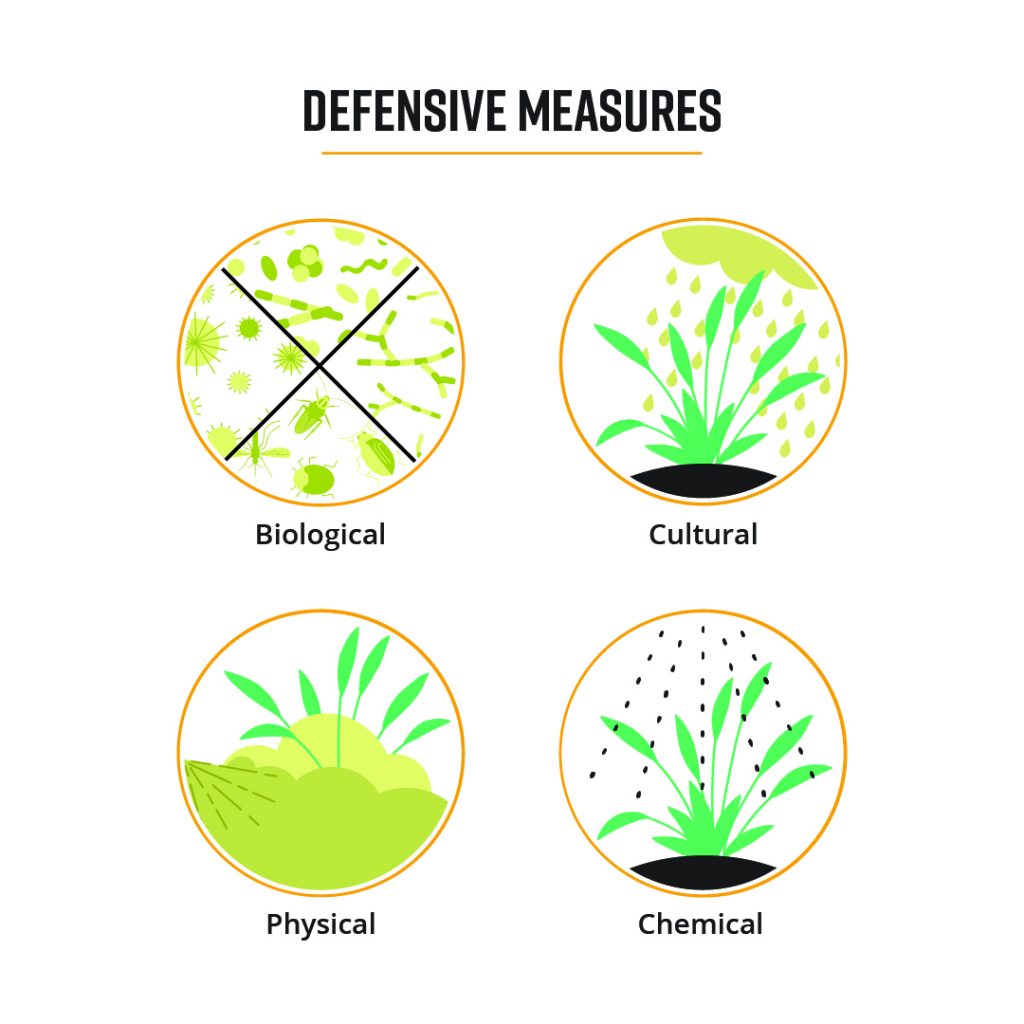How Eco Bed Bug Exterminators Dc can Save You Time, Stress, and Money.
The Best Guide To Eco Bed Bug Exterminators Dc
Table of ContentsMore About Eco Bed Bug Exterminators DcFascination About Eco Bed Bug Exterminators DcRumored Buzz on Eco Bed Bug Exterminators DcEco Bed Bug Exterminators Dc Can Be Fun For EveryoneEco Bed Bug Exterminators Dc - Questions
Because chemicals are hazardous, they are additionally potentially hazardous to people, animals, various other organisms, and the setting. For that reason, individuals that make use of pesticides or routinely been available in call with them must understand the family member toxicity, prospective health impacts, and preventative steps to lower direct exposure to the products they make use of. Threat, or risk, of making use of pesticides is the potential for injury, or the degree of risk entailed in utilizing a chemical under a provided set of conditions.
Nevertheless, applicators can reduce or nearly remove direct exposure-- and thus reduce threat-- by adhering to the tag instructions, using personal protective apparel and tools (PPE), and handling the chemical appropriately. Even more than 95 percent of all pesticide direct exposures come from facial exposure, largely to the hands and lower arms. By using a set of unlined, chemical-resistant gloves, this kind of direct exposure can be almost removed.
The harmful impacts that take place from a single exposure by any type of course of entry are labelled "acute impacts." The 4 routes of exposure are facial (skin), breathing (lungs), oral (mouth), and the eyes. Severe poisoning is identified by examining the dermal poisoning, inhalation poisoning, and dental poisoning of test animals.
Excitement About Eco Bed Bug Exterminators Dc
Acute toxicity is measured as the amount or concentration of a toxicant-- the a.i.-- required to kill half of the pets in a test population. This procedure is normally shared as the LD50 (lethal dose 50) or the LC50 (deadly concentration 50). Furthermore, the LD50 and LC50 values are based on a solitary dose and are videotaped in milligrams of pesticide per kilogram of body weight (mg/kg) of the examination pet or partly per million (ppm).
The lower the LD50 or LC50 value of a chemical item, the better its toxicity to human beings and pets. Pesticides with a high LD50 are the least hazardous to people if used according to the directions on the item tag. The chronic poisoning of a chemical is established by subjecting test animals to long-lasting exposure to the energetic component.
The persistent toxicity of a pesticide is a lot more difficult than intense poisoning to identify via research laboratory evaluation. Products are categorized on the basis of their loved one severe toxicity (their LD50 or LC50 values). Chemicals that are categorized as highly hazardous (Poisoning Classification I) on the basis of either oral, dermal, or inhalation poisoning must have the signal words DANGER and poisonous substance printed in red with a head and crossbones symbol plainly presented on the front panel of the package tag.
The severe (solitary dosage) oral LD50 for chemical products in this team varies from a trace quantity to 50 mg/kg. As an example, direct exposure of a couple of drops of a product taken orally could be deadly to a 150-pound individual. Some chemical products have simply the signal word threat, which tells you nothing regarding the severe toxicity, simply that the product can cause extreme eye damage or extreme skin inflammation
Get This Report on Eco Bed Bug Exterminators Dc
In this classification, the intense oral LD50 ranges from 50 to 500 mg/kg. A teaspoon to an ounce of this material can be fatal to a 150-pound individual (exterminator). Chemical items identified as either somewhat harmful or fairly harmless (Poisoning Classifications III and IV) are needed to have the signal word care on the chemical label

All pesticide toxicity values, worths the LD50, can be found on the product's Item Safety Product Sheet InformationMSDS). Pesticide tags and MSDS can be obtained from retailers or manufactures - https://linktr.ee/ecobedbug3xt. The signs and symptoms of pesticide poisoning can vary from a light skin irritability to coma or also fatality.
Individuals likewise vary in their sensitivity to various degrees of these chemicals. Some individuals may show no reaction to a direct exposure that might trigger extreme ailment in others (bed bug heat treatment). Because of possible wellness issues, pesticide customers and trainers should recognize the usual indicators and signs and symptoms of pesticide poisoning. The impacts, or symptoms, of chemical poisoning can be extensively defined as either topical or systemic.
Fascination About Eco Bed Bug Exterminators Dc
Dermatitis, or swelling of the skin, is accepted as the most frequently reported topical result linked with pesticide direct exposure. Some people tend to cough, wheeze, or sneeze when subjected to pesticide sprays.
This symptom typically subsides within a few minutes after a person is eliminated from click here for info the direct exposure to the toxic irritant. A response to a chemical product that causes a person not just to sneeze and cough but likewise to establish severe acute respiratory system symptoms is extra most likely to be a true hypersensitivity or sensitive reaction.
Systemic impacts are fairly different from topical results. They often happen away from the initial point of contact as an outcome of the chemical being taken in right into and distributed throughout the body.